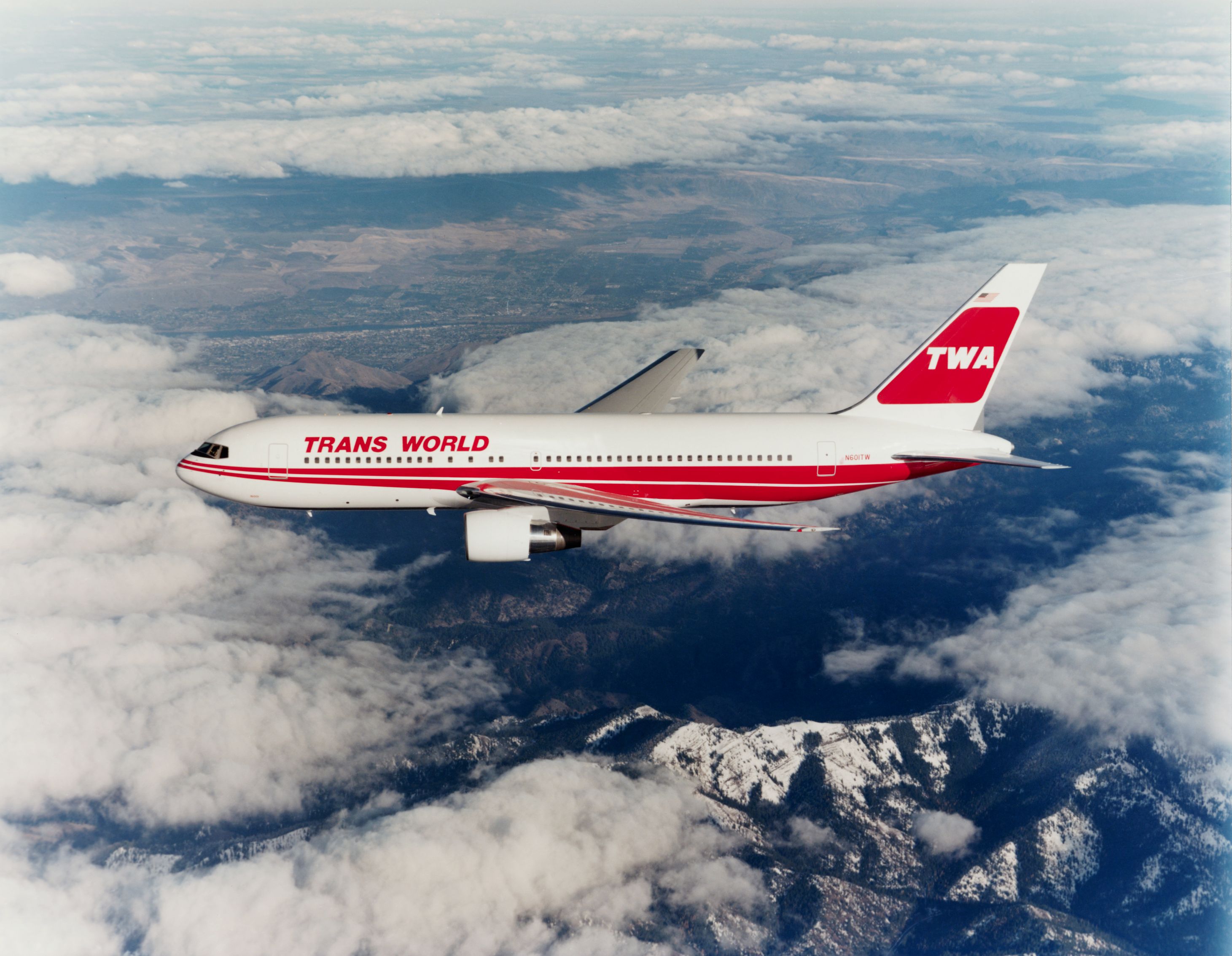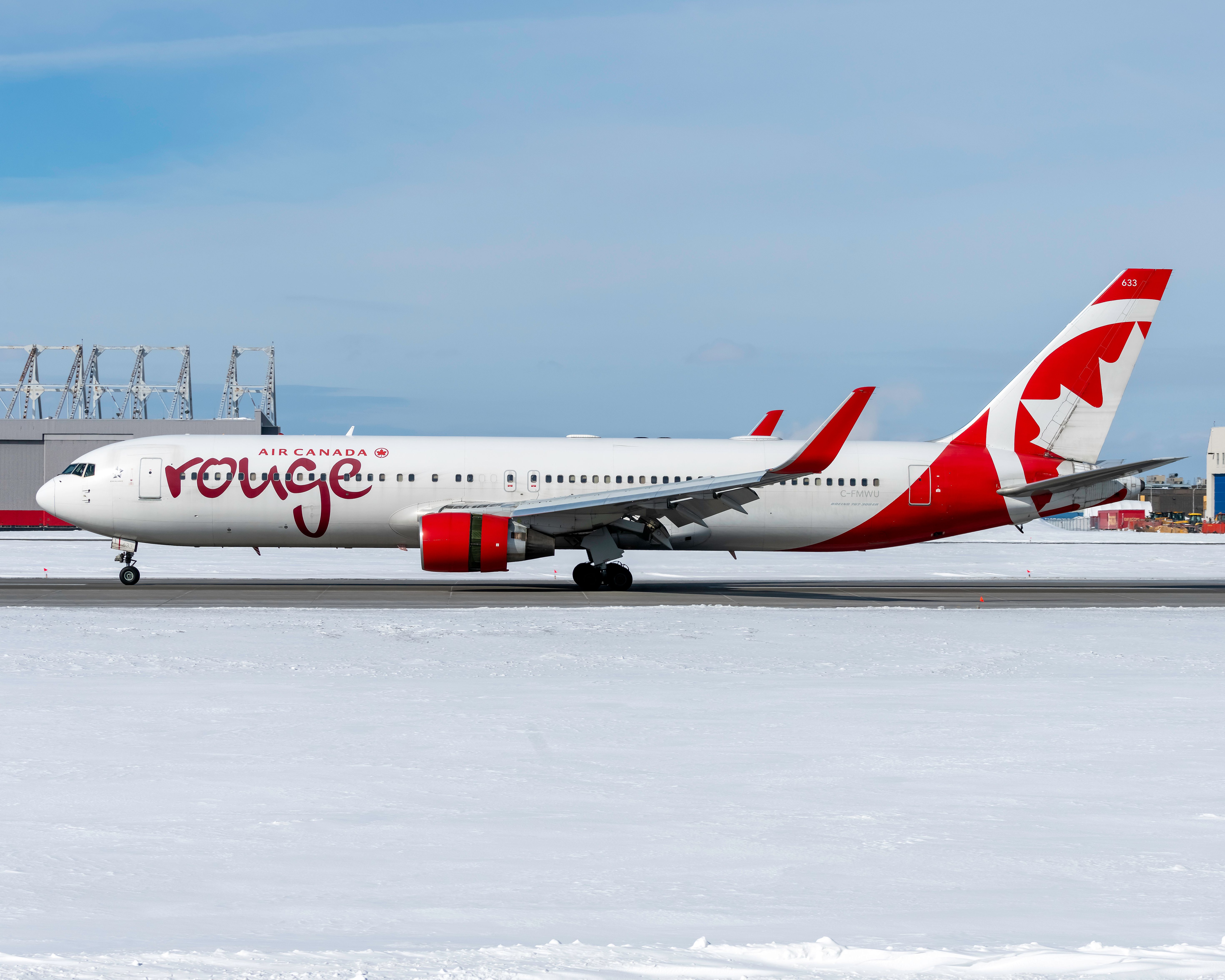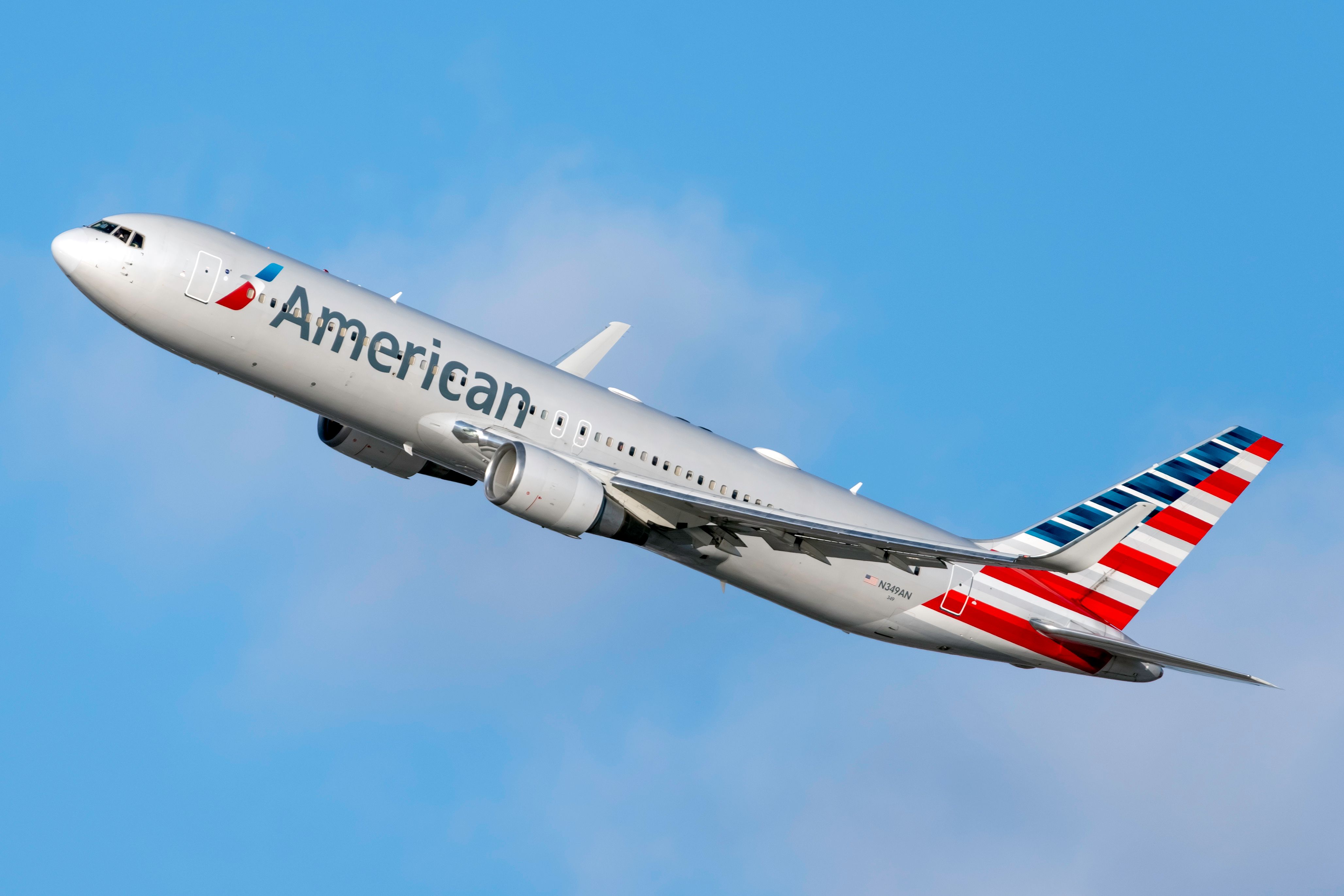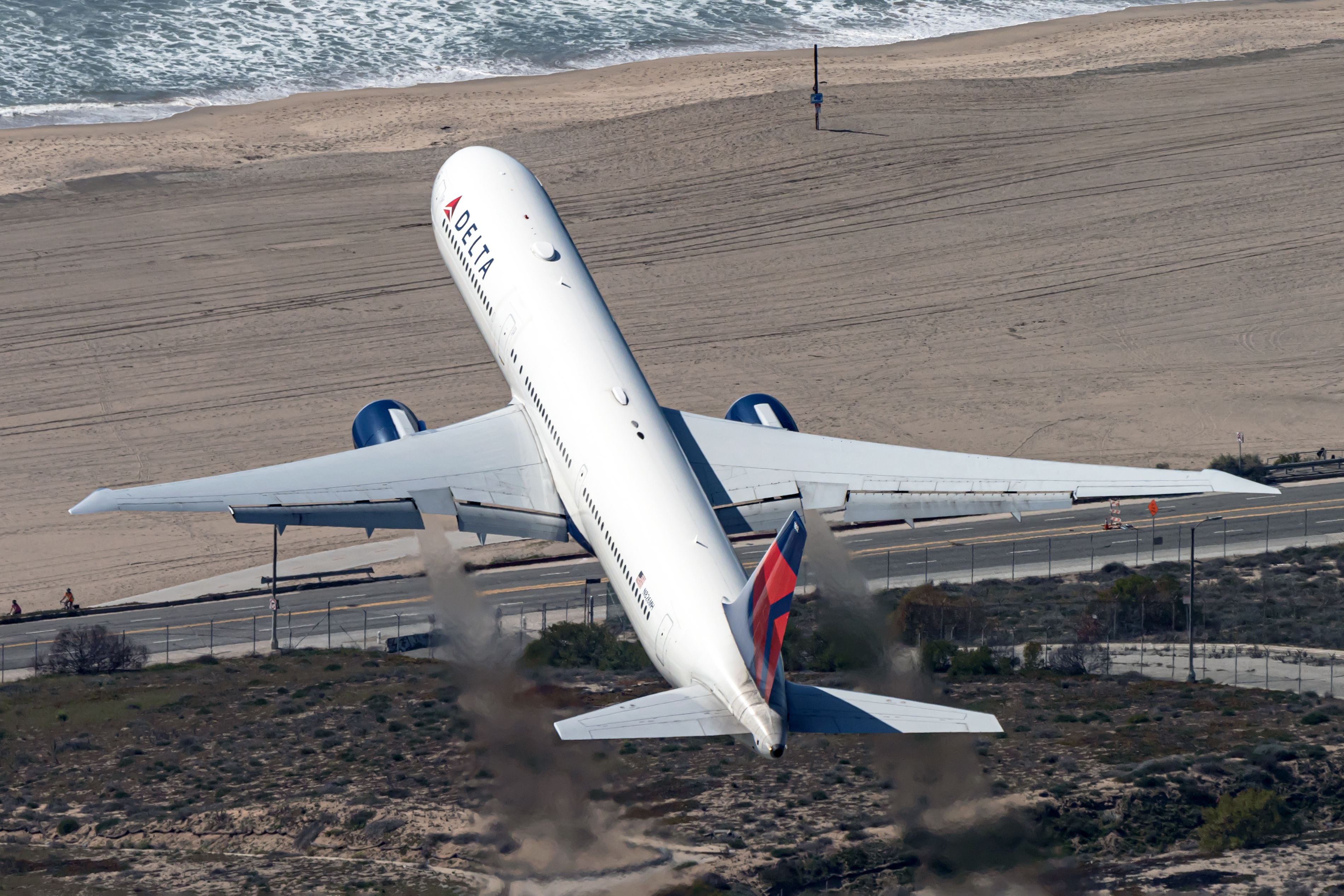The Extended-range Twin-engine Operational Performance Standards (ETOPS) are rules for one-engine-inoperative flight conditions. It is also a certification that allows twin-engine aircraft to operate routes a certain distance away from the nearest airport available for an emergency landing.
The early days
In the early 1980s, three or four-engine aircraft primarily operated over-water long-range flights. At the time, the Airbus A300 was equipped with ETOPS-90 certification. Meanwhile, the Boeing 767 program facilitated the development of the ETOPS extension beyond the existing 60-minute limit.
The Boeing 767, with its modern technology and intelligent systems, surpassed the safety and redundancy standards of prior aircraft.
ETOPS certification
The extended-range version of the Boeing 767, the 767-200ER, entered into commercial service in 1984. Boeing commenced a 7,500-mile (12,000 km) delivery flight of the 767-200ER from Washington Dulles (IAD) to Addis Ababa (ADD) in Ethiopia.
Boeing had acquired a one-time concession from the Federal Aviation Administration (FAA) to operate the direct flight. Later that year, the FAA equipped the 767-200ER with a 75-minute ETOPS regulation, just in time for Air Canada to take delivery of the jet.
Since then, Boeing lobbied the FAA to extend the jet’s limit to 120 minutes to open new transatlantic routes.
The FAA requirements
The FAA required Boeing to provide a comprehensive trend monitoring system to gather in-flight data. The purpose of this requirement was to record the inflight reliability of critical systems.
Moreover, the FAA also imposed a condition on Pratt & Whitney for the JT9D engines for inflight logging. The FAA required P&W to record a minimum of 250,000 consecutive flight hours for JT9D engines with a meager shutdown rate.
In January 1985, the FAA increased the ETOPS limit to 120 minutes. On February 1st, Trans World Airlines (TWA) Flight 810 operated the first 120-minute ETOPS-certified transatlantic flight using a Boeing 767-200 between Boston and Paris.
Following the successful ETOPS flight, TWA Airlines invested $2.6 million per aircraft to upgrade its 767 fleets for ETOPS-120. Not only did other airlines flying the 767s follow suit, but many new airlines also placed orders for the jet capable of flying much longer routes.
Meanwhile, Boeing and Pratt & Whitney continued to record flight data of the aircraft and engines, respectively. Boeing’s target was to certify the 767 to fly from California to Hawaii.
The successful shutdown and failure data over the following years allowed the FAA to increase the ETOPS limit on the Boeing 767 to 180 minutes in 1989. This decision connected the islands of Hawaii to the US mainland through a twin-engine flight.
American Airlines flew the first ETOPS-180 flight using a 767 on the Dallas Fort Worth (DFW) - Honolulu (HNL) route. By keeping safe operations along with stringent engine shutdown rates over long flights, all variants of the 767 received the ETOPS-180 certification by 1993. Since then, Boeing has logged over 750 orders for the 767 family.
The Boeing 767 program uplift
In just a few years following the ETOPS-180 certification, many legacy carriers had acquired some variant of the Boeing 767. With the popularity of the jet, more than 50% of transatlantic flights were operated using the 767, as opposed to the traditional three or four-engine aircraft.
The new 767s rolling out of the Boeing factory came equipped with ETOPS-180. Not only did the 767 program become a success story, but it also paved the way for the forthcoming Boeing 777 and Airbus A330 families of aircraft.
Have you flown on an over-water journey on a Boeing 767? Tell us in the comments section.





